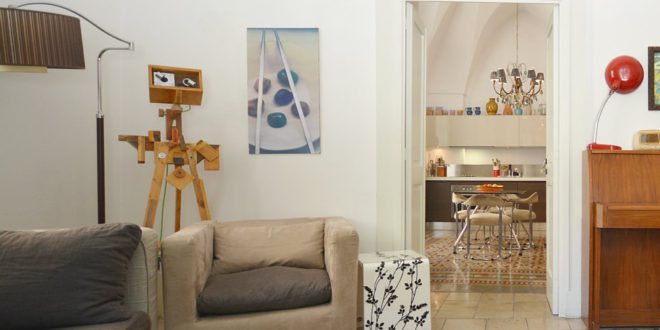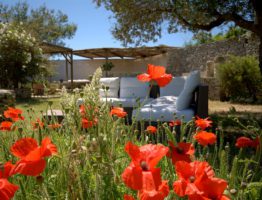Not just an ecological and economic matter
The creative reuse, that is the reuse of old objects, better if belonging to a past and obsolete daily life, for furnishing purposes is no longer just a “practical” and economic choice, nor just an action linked to eco-sustainability.
Although these motivations remain in the choice to reuse old objects or parts of them to redecorate spaces, today the aesthetic is 80% at the base of the choice of creative reuse for the design of interiors and exteriors.
In fact, the clever and intelligent use of disused objects giving them a second life, different than the previous one, is now a practice of skilful designers, not within everyone’s reach from a creative point of view.
What is the difference between reuse and creative reuse?
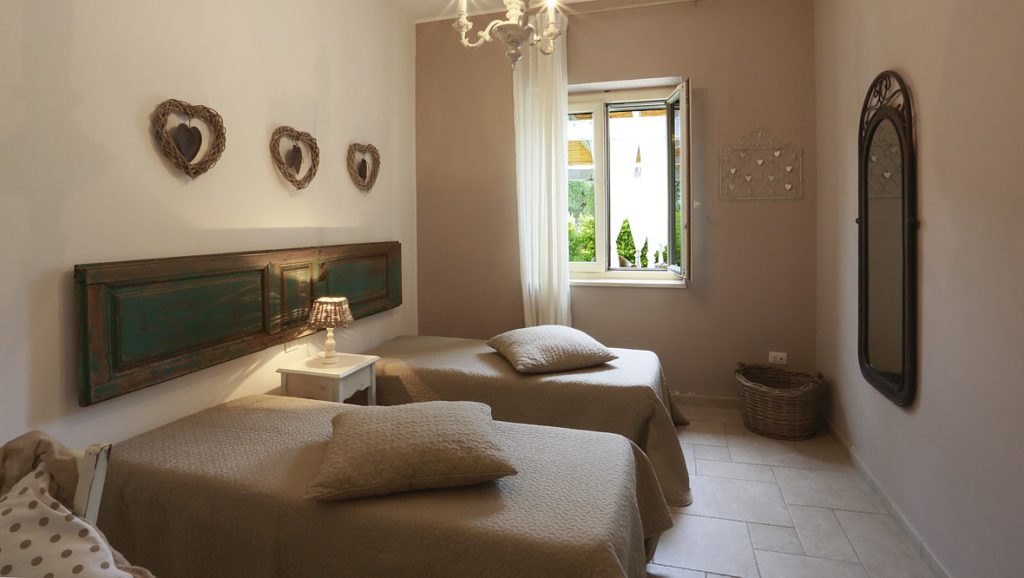
There is indeed a distinct and substantial difference between reuse and creative reuse; design is at the base of the second while other reasons are often at the base of the simple reuse (from savings, to the affective value of some objects, etc.)
Taking an old work table and turning t into a modern, multi-purpose and graceful one is far different than, for example, taking an old door of a wardrobe and make the back of a design bedroom out of it.
This creative reuse work is also linked to a general reorganization of the spaces that must be harmonious with the choice made. In short, it is a design work.
More than pallets and fruit crates
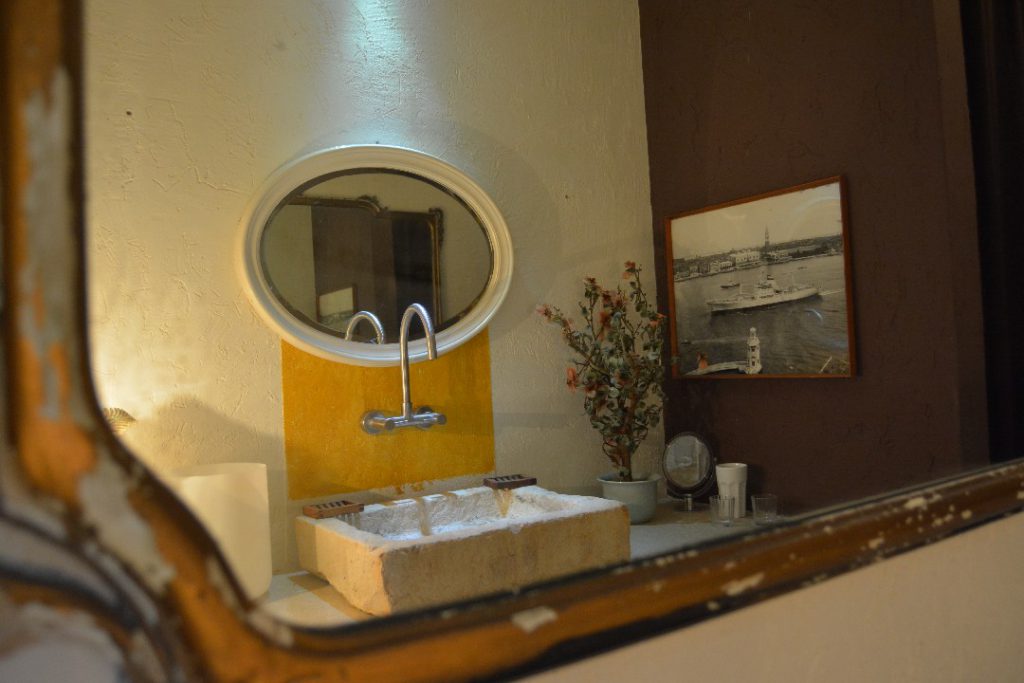
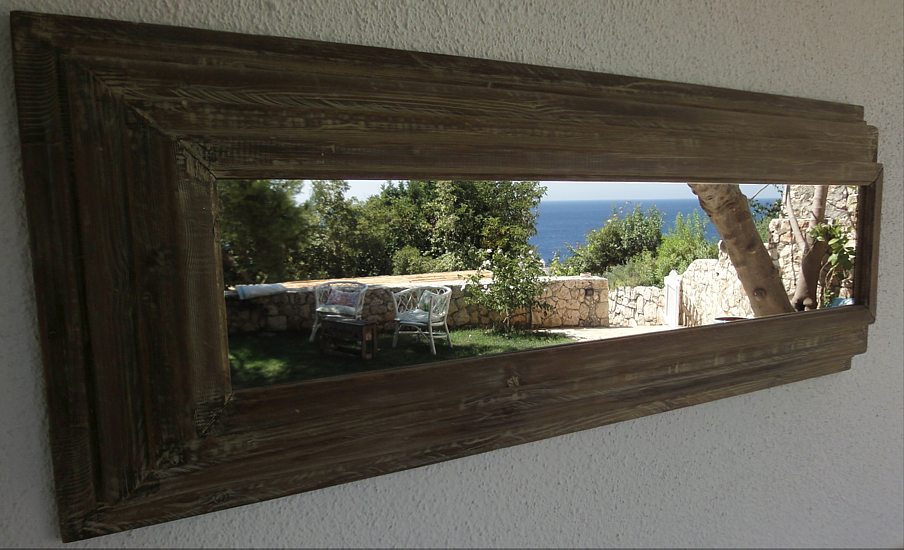
Pallets and the much-loved fruit crates re not the only protagonists of creative re-use: any object “freed” from its original utilitarian dress can become a tinsel for design houses.
From the old frames that give place to new mirrors for interiors or even for exteriors, as conceptualized by the interior designers of Villa Castriota, to the bottles that create small vertical greenhouses and ancient and heavy objects of rural life that become elegant furniture as in Villa Elia and Villa Rita, which retrace all the best known leitmotives of creative reuse design.
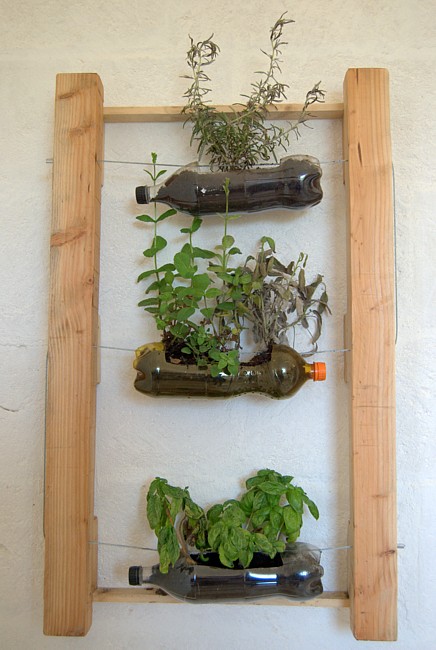
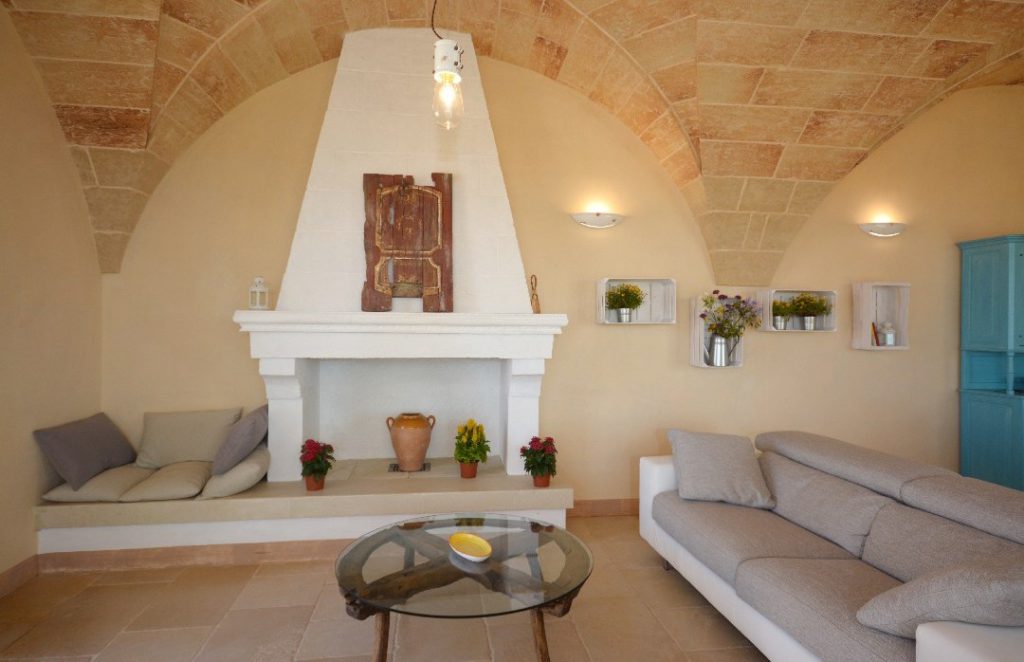
From design to art
The reuse in the name of design can become so complex from a creative point of view to get out of the craft sphere to become real art, with the creation of unique masterpieces .
For example, in valuable properties such as Casa Pagoda you can find artifacts in which the plastic reuse becomes art, by Maurizio Buttazzo, a well known artist from all over Europe.
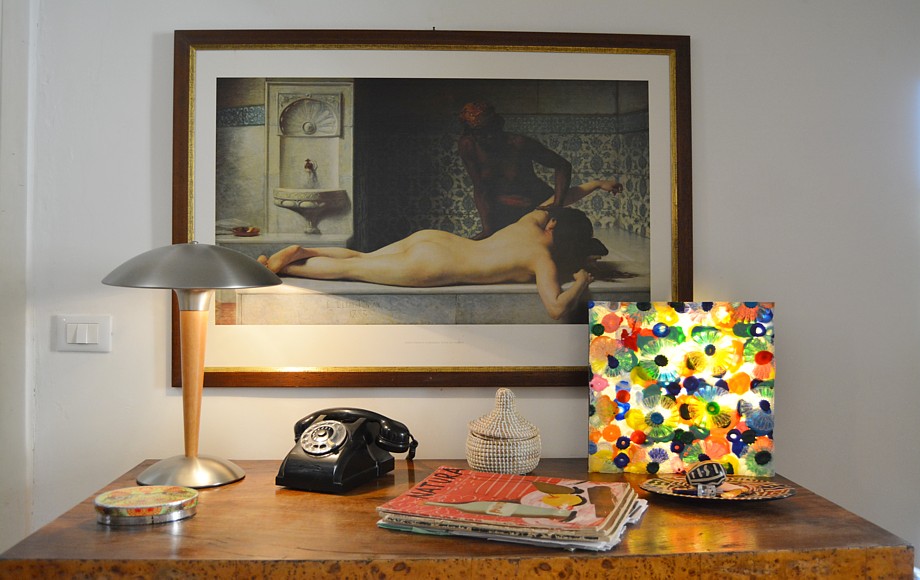
Did you know that Salento was a land of design based on creative reuse, which transforms craftsmanship into art and old furniture into new design concepts?
